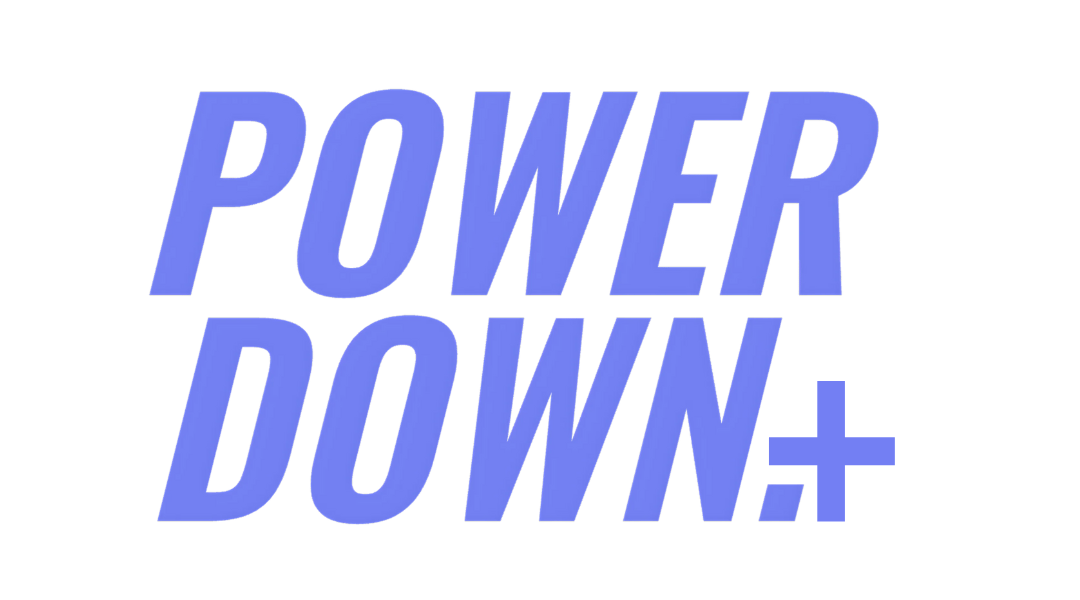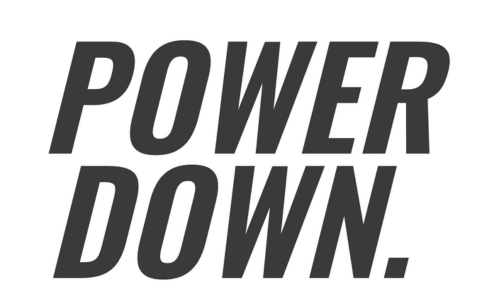There are two kinds of people online: creators and consumers.
Most of us fall into the second group—quietly, passively, often unconsciously absorbing content for hours a day.
We scroll through feeds, click through videos, skim captions, and read comments. Then we do it again.

This pattern isn’t inherently harmful. But over time, passive consumption without conscious engagement can lead to overstimulation, mental fatigue, and a quiet sense of dissatisfaction. It's not only the volume of content we absorb that affects us, but the lack of meaningful output to balance it.
One method for disrupting this cycle doesn’t involve deleting your apps or locking your phone in a drawer. It involves making something.
Not for followers. Not for performance. Just for yourself.
Engaging in creative output—writing, drawing, cooking, organizing, even recording a voice memo—offers a meaningful shift in focus and energy. It gives the brain a defined task, a sense of closure, and a break from the constant flow of novelty.
A 2016 study published in the Journal of Positive Psychology found that people who engaged in small creative activities each day reported higher levels of well-being, energy, and focus. Another study from Drexel University found that just 45 minutes of art-making significantly lowered cortisol levels, regardless of skill level.
Consumption vs. Creation: What’s Happening in the Brain
When you’re scrolling, your brain engages the default mode network (DMN)—a system associated with passive, reactive thinking.
It’s the same part of the brain activated during daydreaming or when your attention drifts.
But when you switch to a creative task, you activate the executive attention network and the prefrontal cortex, which are responsible for focus, decision-making, and goal-oriented behavior.

This neurological shift matters. Studies suggest that regularly engaging the brain’s creative systems can reduce dependence on dopamine-driven feedback loops—the kind that fuel compulsive scrolling.
In short, replacing consumption with creation, even in small ways, starts to rewire your brain. Over time, it can help reduce screen dependence and rebuild attention.
Creativity isn’t only a form of expression; it serves a practical purpose in restoring attention and mental clarity.
In a world where consuming is frictionless, creating anything—no matter how small—requires effort. That effort matters. It’s a reminder that you can choose what to engage with, rather than letting the feed decide for you.
If you're trying to break the cycle, don’t start by deleting apps. Start by picking up a pen.
In health,
Power Down
If you’re serious about changing your tech habits—and want to support the work we’re doing—consider subscribing to Power Down Plus.
Plus members receive:
One bonus email each week
Includes specially crafted assignments and challenges to help train your brain to power down. Exclusive to Plus members only.
Giveaway entries
Automatic entry into monthly giveaways featuring analog tools and slow-living goods. Past prizes have included hardcover journals, vintage-inspired alarm clocks, and screen-free experiences.
Ad free experience
Get every issue of Power Down without ads—just clean, uninterrupted content.
Full access to our past archive
Dive back into everything we’ve shared so far.

